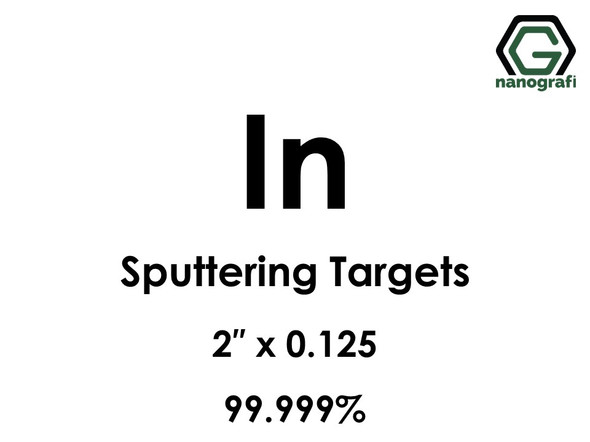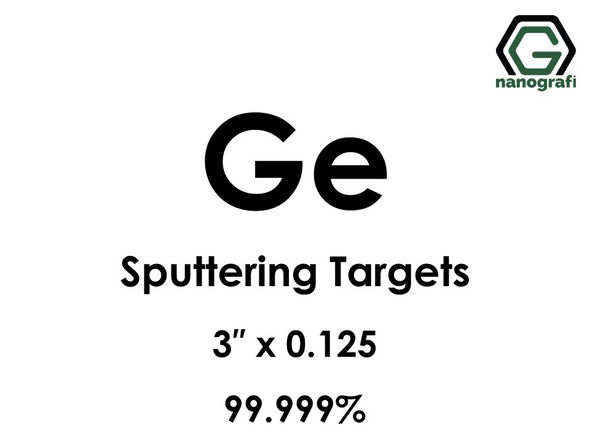Description
1 piece/748 €
Please contact us for quotes on larger quantities !!!
Antimony (Sb) Sputtering Targets, indium
Purity: 99.999%, Size: 3'', Thickness: 0.125''
Sputtering is a proven technology capable of depositing thin films from a wide variety of materials on to diverse substrate shapes and sizes.
The process with sputter targets is repeatable and can be scaled up from small research and development projects. The proses with sputter
targets can be adapted to the production batches involving medium to large substrate areas. The chemical reaction can occur on the target
surface, in-flight or on the substrate depending on the process parameters. The many parameters make sputter deposition a complex process
but allow experts a large degree of control over the growth and microstructure of the area.
Applications of Sputtering Targets;
- Sputtering targets is used for film deposition. The deposition made by sputter targets is a method of depositing thin films by sputtering
that involves eroding material from a "target" source onto a "substrate" such as a silicon wafer. - Semiconductor sputtering targets is used to etch the target. Sputter etching is chosen in cases where a high degree of etching anisotropy
is needed and selectivity is not a concern. - Sputter targets is also used for analysis by etching away the target material.
One of the example occurs in secondary ion spectroscopy (SIMS), where the target sample is sputtered at a constant rate. As the target is sputtered,
the concentration and identity of sputtered atoms are measured using mass spectrometry. By helping of the sputtering target, the composition of the
target material can be determined and even extremely low concentrations of impurities are detected.
Sputtering target has also application area in space. Sputtering is one of the forms of space weathering, a process that changes the physical and
chemical properties of airless bodies, such as asteroids and the Moon.
Antimony (Sb) has an atomic number of 51, placing it in group 15 of the periodic table along with arsenic and bismuth. It has a shiny metallic lustre
and is bluish-white. In general antimony’s chemical properties are very similar to those of arsenic, although it does not have the same reputation as
a toxin. Within the earth’s crust its average natural abundance is between 0.2 and 0.5 parts per million. Antimony has very well fire retardance
property and so antimony sputtering targets can be used for fire retardant coatings. Also for optoelectronic devices like LEDs, laser diodes,
photodiodes and solar cells antimony sputtering targets can be used.
Antimony can be used with other elements like tin to obtain alloys to use in these areas. Antimony is increasingly being used in semiconductors as a
dopant in n-type silicon wafers for diodes, infrared detectors, and Hall-effect devices. Antimony and its compounds can be used as sputtering targets
by combining with the other elements like indium. For example indium antimony oxide can be used as sputtering agent to obtain transparent conductive film.







